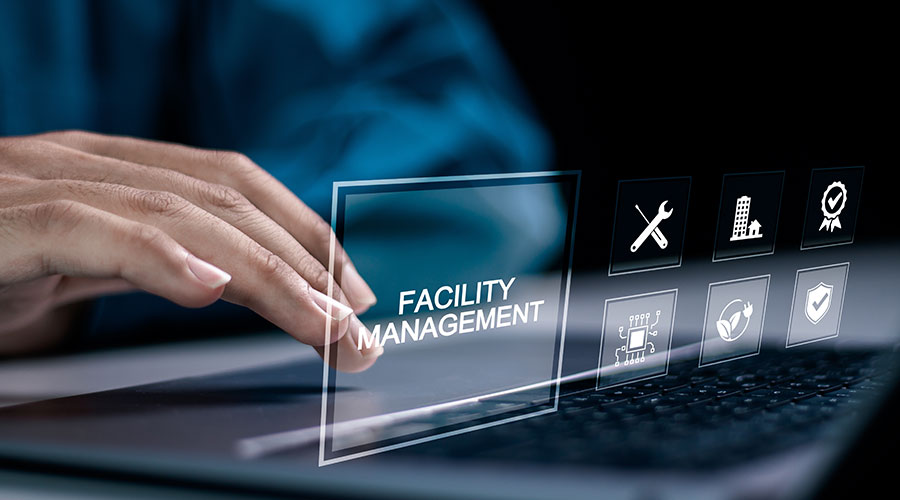5 Steps to Chiller Efficiency
December 26, 2013
When developing a PM plan for chilling equipment, maintenance and engineering managers should consider five essential areas.
- Maintain a Daily Operating Log: This process allows the operator to assemble a history of operating conditions, which can be reviewed and analyzed to determine trends and provide advanced warning of potential problems.
- Keep Tubes Clean: One large potential hindrance to desired chiller performance is heat-transfer efficiency. Chiller performance and efficiency relate directly to its ability to transfer heat, which begins with clean evaporator and condenser tubes
- Ensure a Leak-Free Unit: Manufacturers recommend quarterly tests of compressors for leaks. Low-pressure chillers using either CFC-11, which has been phased out, or HCFC-123 have sections of their refrigeration systems that operate at subatmospheric pressure. Although these chillers are the most common in today’s facilities, it is difficult to create a perfectly sealed machine, and leaks allow air and moisture, commonly referred to as non-condensables, to enter the unit.
- Sustain Proper Water Treatment: Most chillers use water for heat transfer, so the water must be properly treated to prevent scale, corrosion and biological growth. A one-time chemical treatment is required for closed-water systems, which are typical of chilled-water systems connected to the chiller evaporator.
- Analyze Oil and Refrigerant: Annual chemical analysis of oil and refrigerant can aid in detect chiller-contamination problems before they become serious. Testing consists of spectrometric chemical analysis to determine contaminants, including moisture, acids and metals, which hamper performance and efficiency. A qualified chemical laboratory specializing in HVAC equipment must perform the analysis. Most manufacturers provide annual oil and refrigerant analysis services.
Next
Read next on FacilitiesNet







